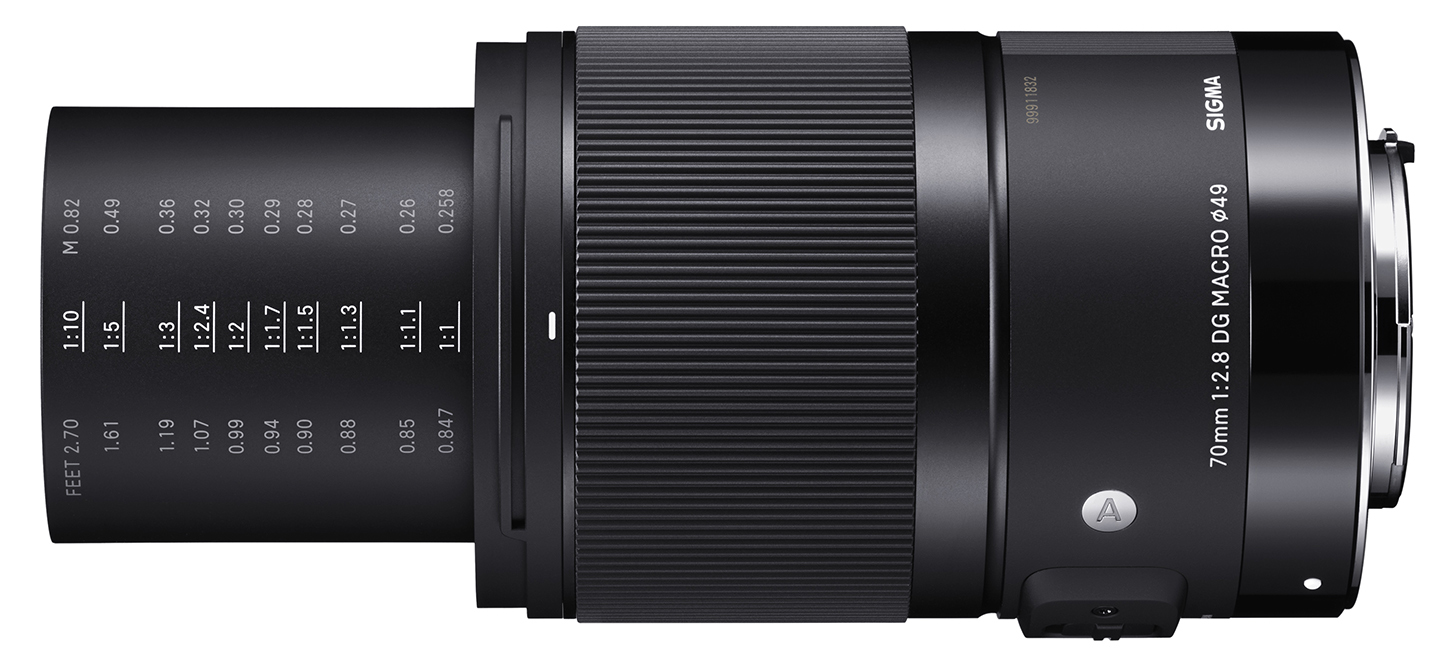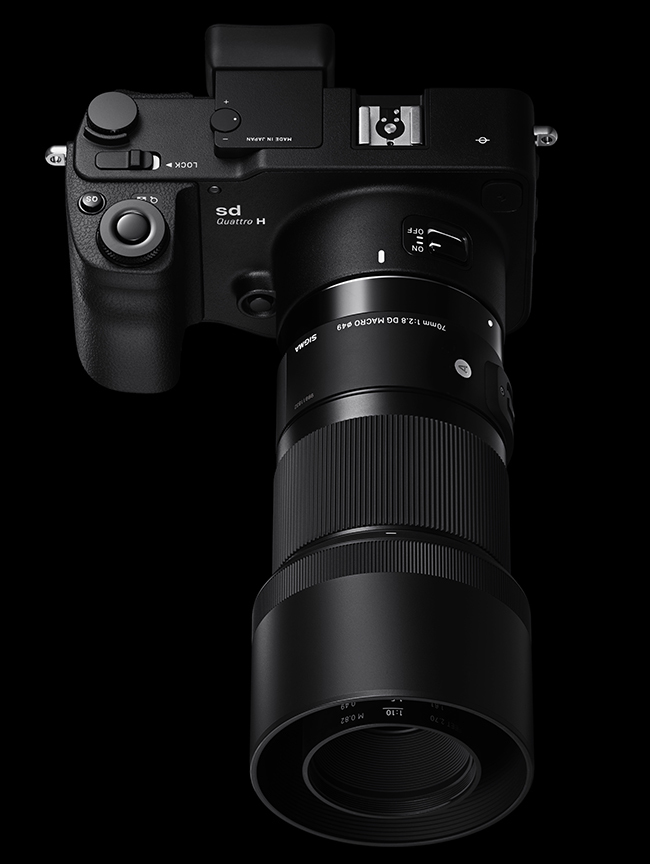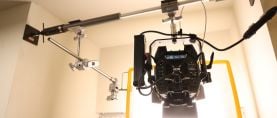
Sigma Interchangeable for Sony E-mount
The company’s brand-new Sony roadmap, plus two lenses: the 105mm (F1.4) Art and 70mm (F2.8) Macro Art.
The company’s brand-new Sony roadmap, plus two lenses: the 105mm (F1.4) Art and 70mm (F2.8) Macro Art.
Sigma has announced it is manufacturing an entirely new system of lenses. Promising a gradual rollout of nine Sony E-mount models, planned releases include the 14mm (F1.8) DG HSM Art, 20mm (F1.4) DG HSM Art, 24mm (F1.4) DG HSM Art, 35mm (F1.4) DG HSM Art, 50mm (F1.4) DG HSM Art, 70mm (F2.8) DG Macro Art, 85mm (F1.4) DG HSM Art, 105mm (F1.4) DG HSM Art and 135mm (F1.4) DG HSM Art.
While the other seven are based on previously available focal lengths, the Sigma 70mm (F2.8) DG Macro Art and Sigma 105mm (F1.4) DG HSM Art are brand-new designs. The company has also added a newly developed control algorithm to optimize the autofocus drive and maximize data transmission speeds. The lenses are compatible with Sony’s AF-C continuous autofocus, aberration correction and in-camera image stabilization.

Referring to it the “Bokeh Master,” the Sigma 105mm (F1.4) DG HSM Art lens is the ninth Sigma to sport a fast (F1.4) aperture. Providing full-frame coverage, 17 optical elements in 12 groups minimize optical aberrations and sagittal coma flare. This is the longest lens in Sigma’s Art lines of (F1.4) glass, currently available as six models for full-frame, and three with Super 35 / APS-C coverage. Offered for Nikon, Canon, Sigma and Sony E-mount, the flagship telephoto has three FLD glass elements, two SLD glass elements and one aspherical lens element.
The large front filter diameter of 105mm was built to enhance light transmission while accommodating for any vignetting. For durability and use in inclement weather, the lens has been given the same dust- and splash-proof design as Sigma’s Sports line of lenses. It also comes with a plastic hood that has been reinforced with carbon fiber and removable Arca-Swiss tripod socket. For Canon mounts, the 105mm (F1.4) is also compatible with the Canon Lens Aberration Correction function.

The second new design, the 70mm (F2.8) DG Macro HSM Art, is the first macro in the Sigma Vision Art lines. Though a prime, it has a floating, two-group focus mechanism that extends from the barrel. Alongside two FLD glass elements, two SLD glass elements and an element with a high rate of anomalous partial dispersion and high index of refraction, two aspherical lens elements work together as well to increase resolution at closer shooting distances.
Eliminating the mechanical connection between focus ring and drive, the focus-by-wire system has newly developed, core-less DC motor for quiet focus with optimal speed. With full manual focus available during autofocus, Sigma says it also has a large angle of rotation for minute adjustments. Compatible with Sigma Tele Converters and the $379 Sigma Electronic EM-140 DG Macro Flash through Sigma’s upcoming 65mm Macro Flash Adapter, the 70mm (F2.8) DG Macro has popular 72mm front diameter threading for filters and 72mm flash adapters, including Sigma’s $14 72mm Macro Flash Adapter for ring lights and other strobes.

Sigma also announced the firmware version 2.00 update. Bringing three types of corrective functions to compensate for peripheral illumination, chromatic aberrations, and distortions, it also adds compatibility with in-camera Lens Aberration Correction to Canon users. Sigma Global Vision lenses can be updated through the Sigma Optimization Pro Software and the $59 Sigma USB Dock, which is sold separately.
The company also produces a line of cinema lenses, which were introduced at the ASC Clubhouse in October of 2016. Most recently, the Sigma Cine Primes were bolstered with the release of two new models this last July: the 14mm (T2) FF and 135mm (T2) FF. Available for Canon EF-, Sony E-, and PL-mount cameras, Sigma also has two High Speed Zooms for Super 35 coverage, an 18-35mm (T2) and the 50-100mm (T2).
The $249 Sigma Mount Converter MC-11 is also available to convert Canon- and Sigma-mount lenses to Sony E-mount, however it lacks autofocus. The lenses are compatible with Sigma’s own cameras as well, and the company offers in-house mount-conversion servicing.






